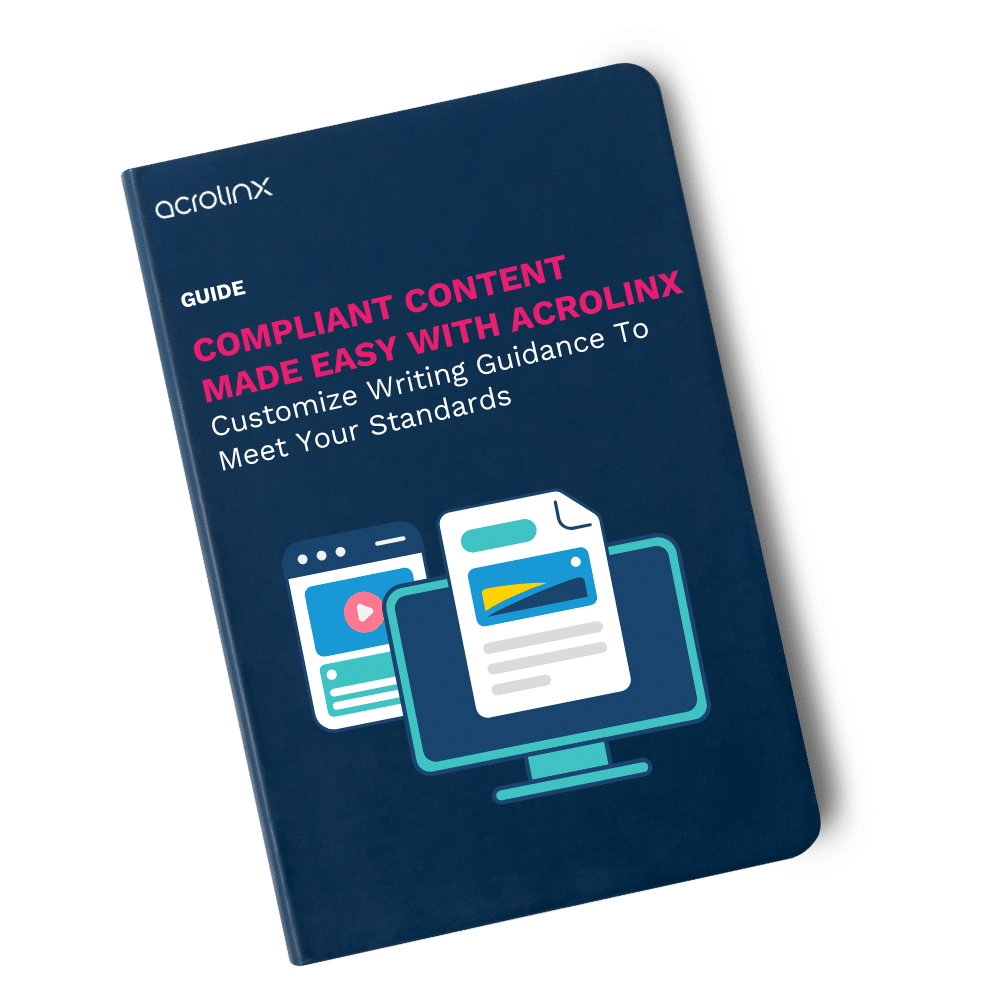
With the Financial Conduct Authority’s Consumer Duty now in force, financial services firms face more detailed expectations than ever before. Vague phrasing, jargon-heavy explanations, or ambiguous product information puts your compliance at risk and undermines customer trust.
This article unpacks what Consumer Duty means for your organisation, why clarity is central to compliance, and how you can safeguard your content to deliver the good outcomes the FCA demands.
What’s consumer duty?
Consumer Duty is a regulatory framework introduced by the Financial Conduct Authority, FCA for short, to raise standards of consumer protection in financial services. But what is Consumer Duty in practice? At its core lies a new consumer principle requiring firms to act to deliver good outcomes for retail customers. It sets more detailed expectations for how financial services firms should treat their customers throughout the entire customer journey.
The FCA’s Consumer Duty outlines three cross-cutting rules that require firms to act in good faith, avoid causing foreseeable harm, and enable and support retail customers to pursue their financial objectives. These cross-cutting rules underpin the four consumer outcomes and place clear responsibility on firms to ensure compliance.
Who does consumer duty apply to?
Consumer Duty applies to all financial services firms that provide products and services to retail customers. This includes banks, insurers, investment firms, and mortgage providers, among others. The duty applies across the distribution chain, meaning that even manufacturers of financial products must ensure that their products deliver good consumer outcomes for end customers.
The FCA expects firms to embed Consumer Duty within their culture, senior management decisions, and certification regime. From marketing teams to compliance officers, everyone has a role in ensuring communications, products, and services act to deliver good outcomes and support retail customers effectively.
What are the 4 consumer duty outcomes?
Consumer Duty is built around four consumer outcomes:
- Products and services: Ensuring products and services are fit for purpose, meet customer needs, and are targeted at the right consumer groups.
- Price and value (fair value): Making sure customers receive fair value for financial products and services.
- Consumer understanding: Guaranteeing customers are given the information they need, at the right time, and presented clearly to enable informed decisions.
- Consumer support: Securing customers receive the support they need, when they need it, to use products and services effectively.
These four outcomes ensure that firms act to deliver good outcomes throughout the customer journey, from product design to post-sale support.
Why clear communication is central to compliance
Under the FCA’s Consumer Duty, companies are obliged to communicate in ways that enable and support retail customers to make informed decisions, pursue their financial objectives, and avoid foreseeable harm. Here’s why clarity in customer communication matters:
Clear communication empowers consumers to make informed decisions
Without clear explanations, customers may misunderstand product terms, features, or risks. This creates a significant compliance risk under Consumer Duty, which requires firms to act to deliver good outcomes. Ensuring your content uses plain language, avoids unnecessary jargon, and explains concepts transparently helps customers choose the right financial products for their needs.
It reduces the risk of foreseeable harm
When communication is ambiguous, customers might make choices that are unsuitable for their circumstances, exposing them to potential harm. For example, unclear information about fees or repayment terms could lead to financial distress. By prioritising clarity in customer communication, firms fulfil their duty to prevent foreseeable harm before it arises.
Clarity strengthens consumer understanding
One of the four consumer outcomes specifically focuses on consumer understanding. Firms must communicate in a way that enables customers to understand products and services throughout the customer journey. That means structuring information logically, using simple sentence structures, and presenting key messages upfront to support comprehension.
It fosters trust and strengthens customer relationships
Clear, honest, and transparent communication signals that your firm acts in good faith – another core principle of Consumer Duty. When customers understand what they’re signing up for, they’re more likely to trust your brand and remain loyal. This is essential not only for compliance, but also for long-term business resilience.
How firms can safeguard clarity in practice
Ensuring clarity in communication is an ongoing responsibility under the Consumer Duty. Here are practical ways firms can implement clarity across their customer interactions:
Test content for consumer understanding
It’s not enough to assume your messages are clear. Firms should regularly test content with real users to assess comprehension. This might include customer focus groups, A/B testing different wordings, or readability analysis. Testing helps identify unclear phrasing or structural issues that could create misunderstandings, making sure content delivers good consumer outcomes.
Use plain language and avoid jargon
Financial services are full of technical terms and legal wording, but customers need accessible explanations to make informed decisions. Replace specialist vocabulary with plain language alternatives wherever possible. Where legal or technical terms are unavoidable, provide clear definitions to ensure that all customers, including vulnerable customers, can fully understand.
Embed clarity into approval processes
Clarity should not be an afterthought added during final reviews. Firms should integrate clear communication standards into their content creation and approval workflows. This means equipping content teams, compliance teams, and senior management with style guides and tone of voice guidance that prioritise clarity and customer understanding at every stage.
Train staff on clear communication principles
Everyone involved in creating, reviewing, and approving customer-facing content should understand what clear communication looks like in practice. Regular training ensures consistency across teams, empowers staff to identify ambiguous language, and embeds clarity as a core part of your firm’s governance and compliance culture.
Leverage technology for scalable clarity
As content volumes grow, manual checks for clarity become unsustainable. Automated content governance solutions like Acrolinx automate clarity checks, provide writers with real-time feedback, and enforce your firm’s terminology, tone, and style guidelines. This safeguards clarity at scale and reduces the risk of non-compliance due to ambiguous or unclear messaging.
Content governance and the path to ongoing compliance
Strong content governance ensures compliance is not a one-time tick-box exercise but an ongoing strategic function. It provides clarity on roles and responsibilities, makes sure that senior management can assess fair value and communication compliance, and supports continuous improvement as expectations evolve.
A clear governance model also makes it easier to adapt to future FCA guidance, consumer duty regulations, and changes to products and services, ensuring financial services firms remain prudent firms with compliant customer journeys.
Compliant content: Automated content governance with Acrolinx
Acrolinx provides automated content governance solutions that help financial services firms meet the FCA’s Consumer Duty expectations efficiently. Its AI-powered platform:
- Checks content for clarity, consistency, and compliance with brand, regulatory, and terminology guidelines.
- Enables senior management to track compliance readiness across all customer-facing content.
- Supports content creators with real-time feedback, ensuring every piece meets communication standards before publication.
- Facilitates the implementation of cross-sectoral principles and ensures content remains up to date and aligned with the firm’s consumer duty implementation plans.
With Acrolinx, financial services firms can confidently create customer communication that meets regulatory requirements, avoids foreseeable harm, and acts in good faith to deliver good outcomes.
Make sure your content meets Consumer Duty expectations: Download our brochure to discover how Acrolinx helps financial services teams improve clarity, consistency, and compliance under the FCA’s new rules.
Are you ready to create more content faster?
Schedule a demo to see how content governance and AI guardrails will drastically improve content quality, compliance, and efficiency.
The Acrolinx Team





